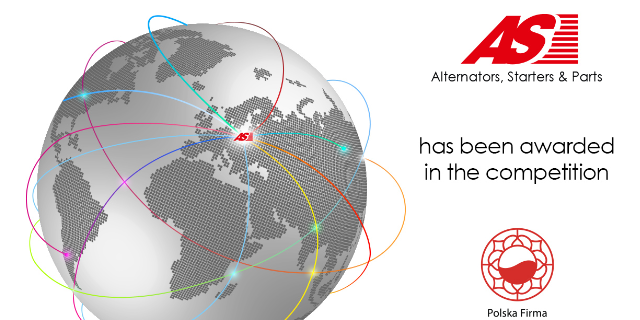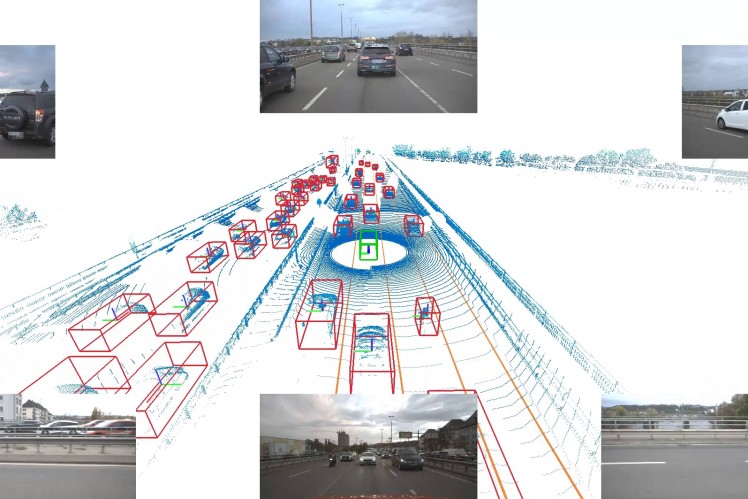Mastering OEM Quality: BORG Automotive’s Advanced Remanufacturing Process
The Danish company, BORG Automotive, has become one of Europe’s largest independent remanufacturers in the European aftermarket. The company has spent decades developing its portfolio, quality, and remanufacturing process and today BORG Automotive has a unique offering of eight remanufactured product groups. The company sells its remanufactured products under the four attractive and well-known brands, DRI, Elstock, Lucas, and TMI.
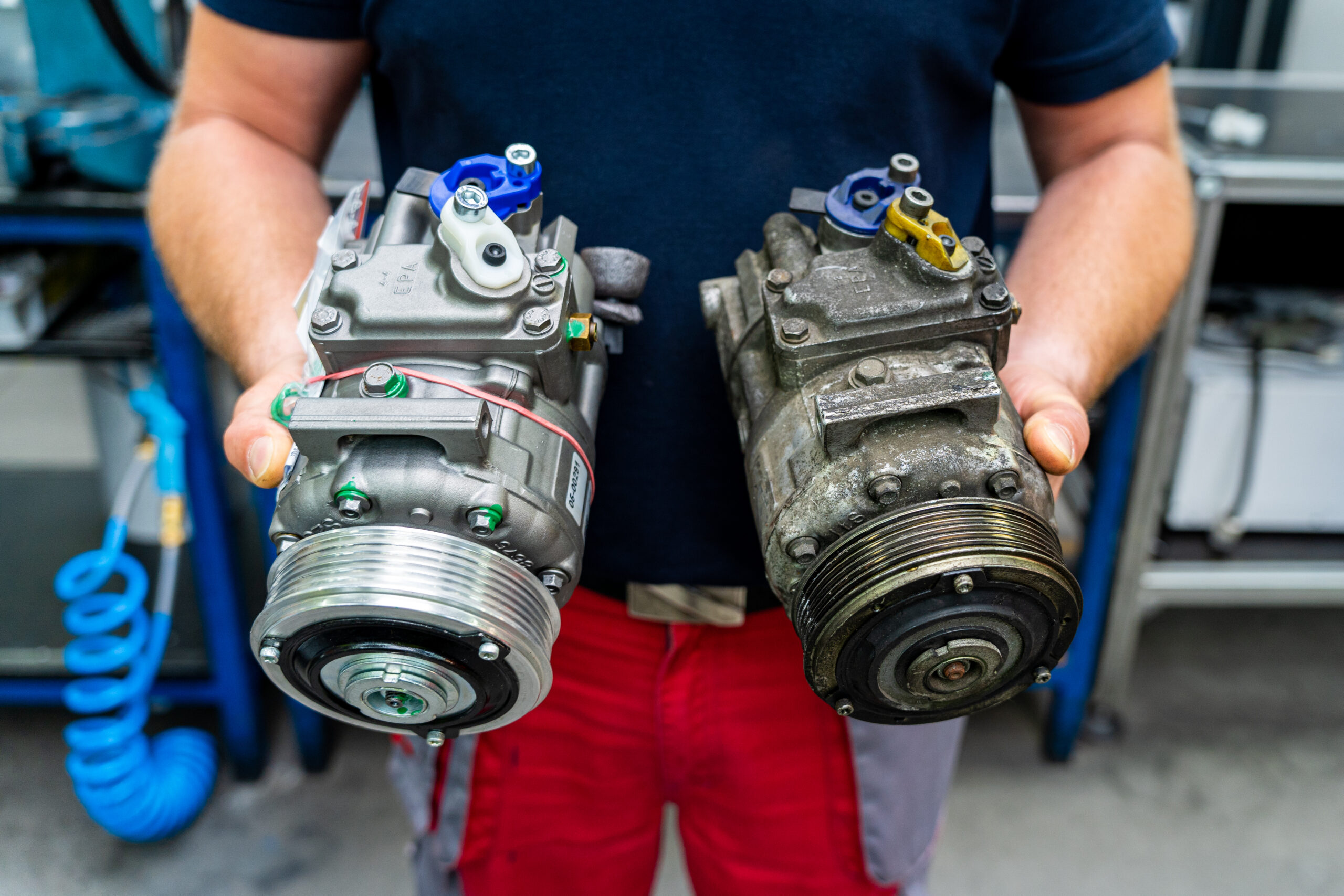
The offering
BORG Automotive offers eight product groups; starters, alternators, AC compressors, turbochargers, EGR valves, brake calipers, steering racks, and steering pumps, remanufactured at their own production sites in Poland, the UK, and Spain. BORG only uses OEM parts for remanufacturing; all are remanufactured to match their original standard.
As a remanufacturer, BORG Automotive controls the entire remanufacturing process from parts and production to sales and service. This total control of every process gives BORG an advantage when it comes to quality control and testing. All units are individually tested according to BORG’s high remanufacturing and factory standards, and the production has been certified according to ISO standards 9001:2015 and 14001:2015 and delivered with a two-year warranty.
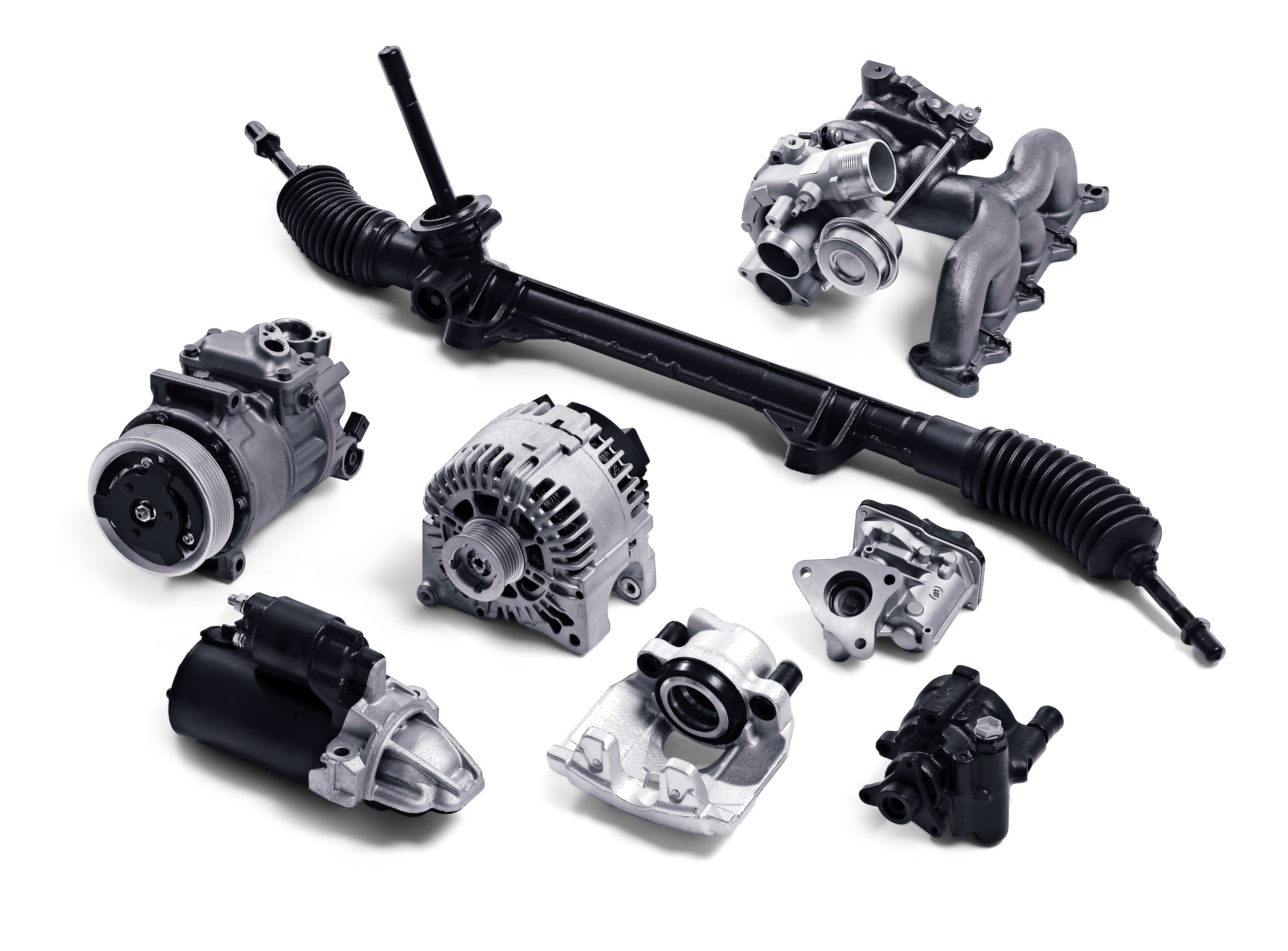
The remanufacturing process
To remanufacture automotive parts, used products, namely cores, are retrieved. BORG Automotive sells their remanufactured units with a deposit, which is returned to the customers if they send BORG the unit, they are replacing.
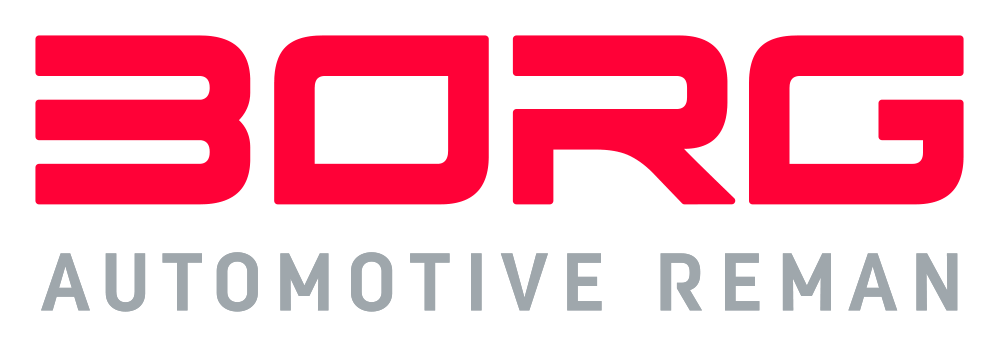 The core, BORG is getting in exchange for a remanufactured unit is sent to their core warehouse in Poland; the largest core warehouse in Europe with more than 1 million units – ready for remanufacturing.
The core, BORG is getting in exchange for a remanufactured unit is sent to their core warehouse in Poland; the largest core warehouse in Europe with more than 1 million units – ready for remanufacturing.
The remanufacturing process is carefully executed and thus needs special attention throughout the entire process. This is due to the advanced and challenging remanufacturing process, which each part demands.
The remanufacturing process takes place in BORG’s own production sites and consists of six steps:
- Disassembly: Defective units undergo a complete disassembly process and parts that cannot be reconditioned are disposed of.
- Cleaning: The individual parts are given a thorough cleaning with several cleaning treatments, such as hot water and sand blasting, ultrasonic cleaning, etc.
- Inspection & sorting: Cleaned components are subject to an intensive inspection to determine if they are in a re-useable condition. This is done both visually and with test equipment measuring if the tolerances are within the acceptable limits.
- Reconditioning & replacement: At this stage, re-useable parts are reconditioned, e.g. through galvanising and grinding of the parts. Parts that in the previous stages have been disposed of are replaced with new parts.
- Reassembly: The remanufactured units are reassembled.
- Final testing: Each remanufactured unit undergoes a 100% performance test to ensure that the unit matches OE standards.
Every unit is tested both at high and low pressure. This is because different errors show and occur at different pressure levels.
How remanufactured components can help you
Remanufacturing offers many benefits including the functionality, performance, and look of original automotive parts. In addition, the energy and CO2 emission used for remanufacturing is reduced compared to manufacturing a new part, and the environmental impact of scrapping is also significantly reduced. This makes remanufacturing an important part of the circular economy.
Life cycle assessments show that BORG’s remanufactured products on average save the environment 60% CO2eq emissions, 42% energy consumptions, and a 70% less depletion of natural resources compared to newly manufactured equivalent products
Furthermore, BORG Automotive offers a wide range of each product within their portfolio, which means they are available for almost any car in virtually no time as BORG Automotive also established a professional logistics network.
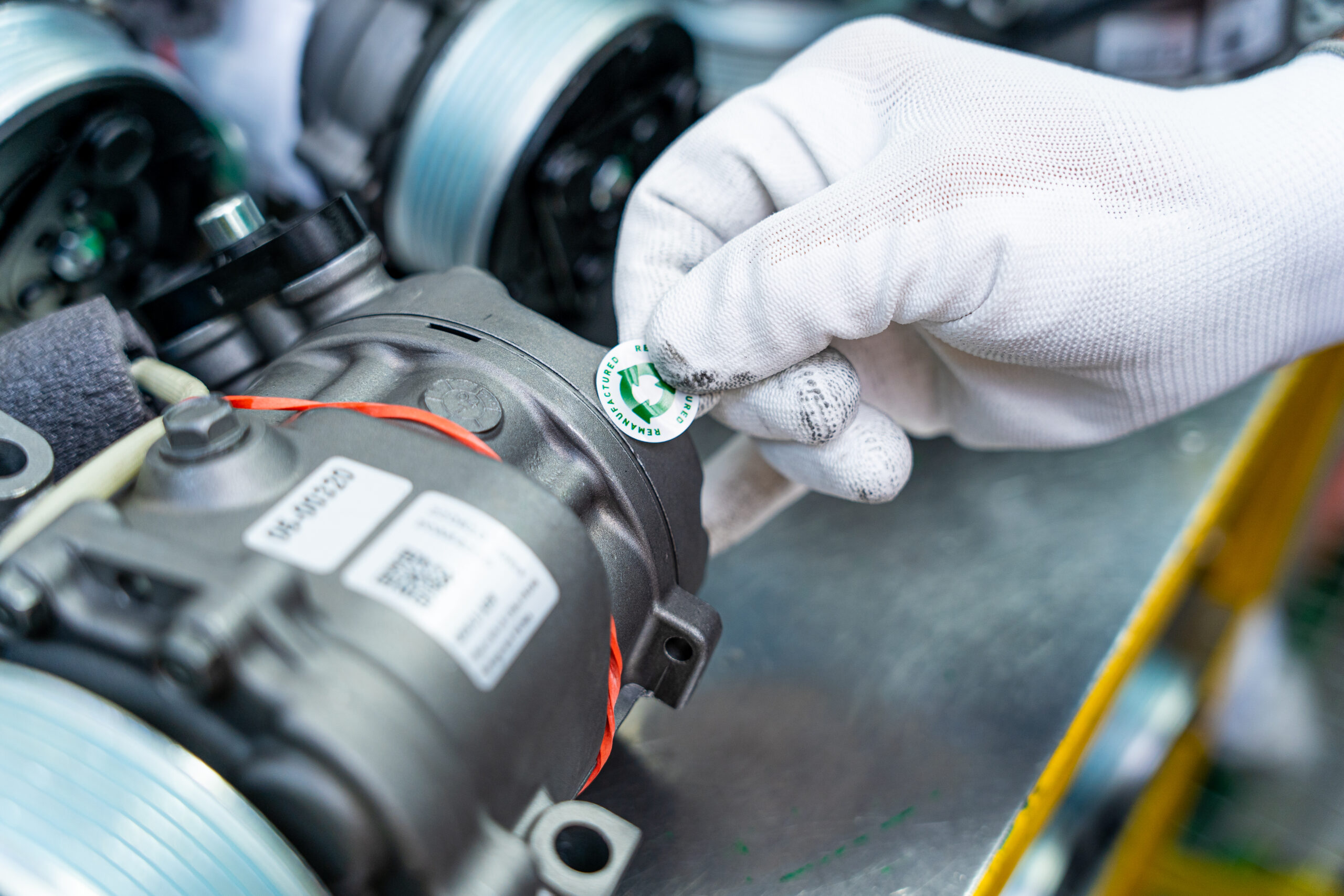
Tips and tricks
When replacing a unit it is important to match the OE number on the old unit to that of the purchased unit. More often than not, there are several product numbers available, for the same vehicle model and engine. Failing to match the OE number, the customer is at risk of receiving a unit that fails to communicate with the car, and thus will not work properly.
To help the customers select the right model, BORG Automotive has developed a model search system on its web shop, where it is possible to search on the OE number and then get the right unit for that specific number.
Want to know more?
If you are interested in what BORG Automotive can offer you and your business, please contact Brian Urup, Country Manager Central Eastern Europe: https://borgautomotive-reman.com/new-markets-contact-brian/


